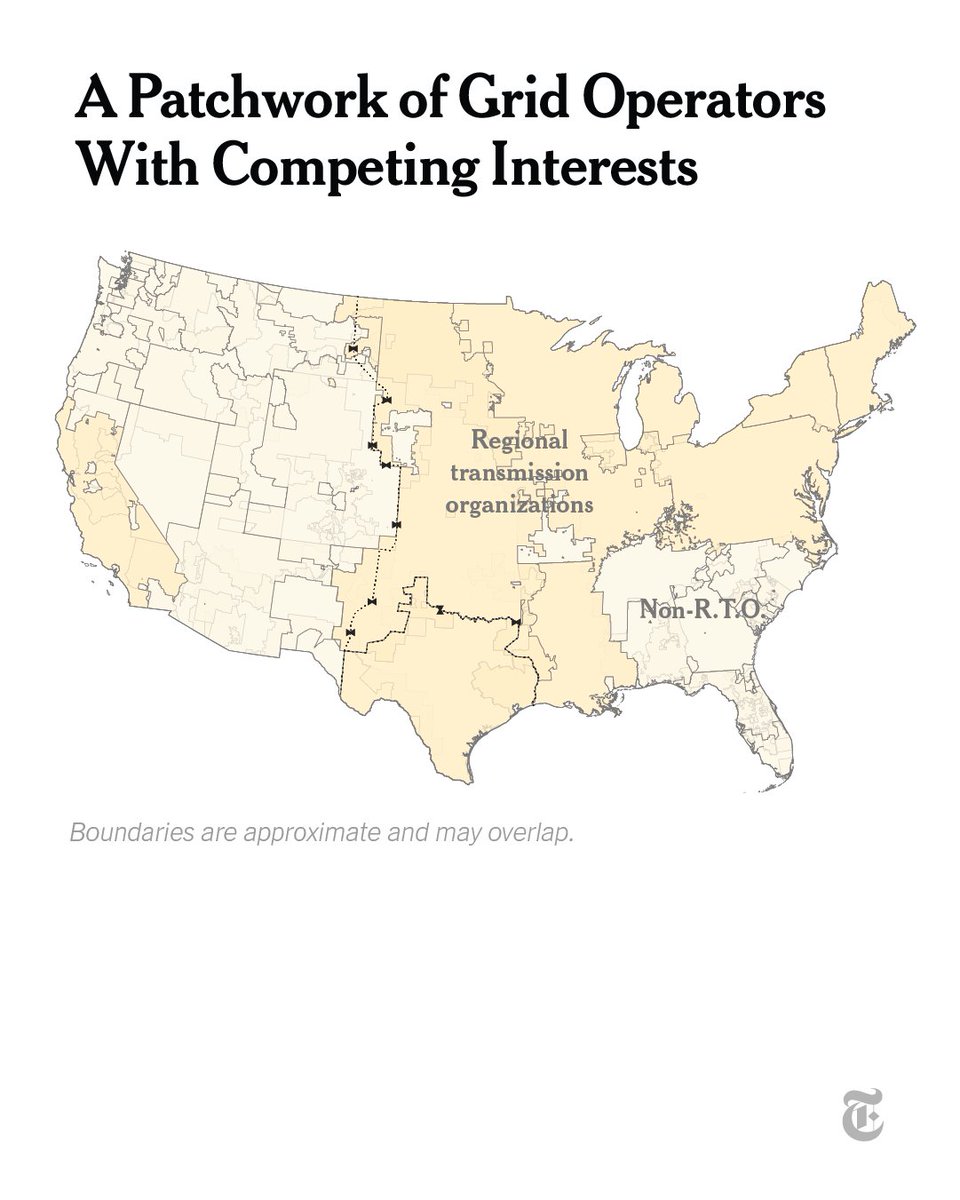With the future of Roe v. Wade in the hands of the Supreme Court, we took a look at the current state of abortion in America. The abortion rate has fallen in recent decades, but the procedure is still common. Here’s what the typical patient looks like. nyti.ms/3s3hXST 

60% of people who have abortions are already mothers, and half of them have two or more children, according to 2019 data from the CDC. nyti.ms/3s7kR9k 

The abortion rate among teenagers has fallen dramatically. A majority of abortion patients are in their 20s. Just 9% are under 20, and around a third are over 30. nyti.ms/3s7kR9k 

Abortions occur for people across the educational spectrum, but typical patients have some college education, but not a four-year degree — whether they are current students, have dropped out, or have taken vocational training. nyti.ms/3s7kR9k 

The income of the typical abortion patient has fallen over time. In a @guttmacher study from 2014, about half of abortion patients were below the poverty line, with an additional quarter just above it. @stavernise wrote about this trend in 2019. nyti.ms/3dTdo5v 

Nearly half of those who have abortions are single. Cohabiting but unmarried people are overrepresented in abortion numbers, while married people are underrepresented, based on their share of the population. nyti.ms/3s7kR9k 

Though many political fights about abortion focus on the later stages of pregnancy, most abortions occur in the first trimester. 43% of abortions occur during the first six weeks of pregnancy and 92% in the first 13 weeks. nyti.ms/3s7kR9k 

Though some women have more than one abortion in their lifetime, the typical abortion patient has never had one before. nyti.ms/3s7kR9k 

Abortions are more common in blue states, which tend to have broader access. But the abortion rate is falling faster in such states, which also tend to offer better access to contraception. Abortion rates have risen in states with more abortion restrictions. 

Read more in our statistical portrait of who gets abortions in the U.S.: nyti.ms/3s7kR9k
• • •
Missing some Tweet in this thread? You can try to
force a refresh















